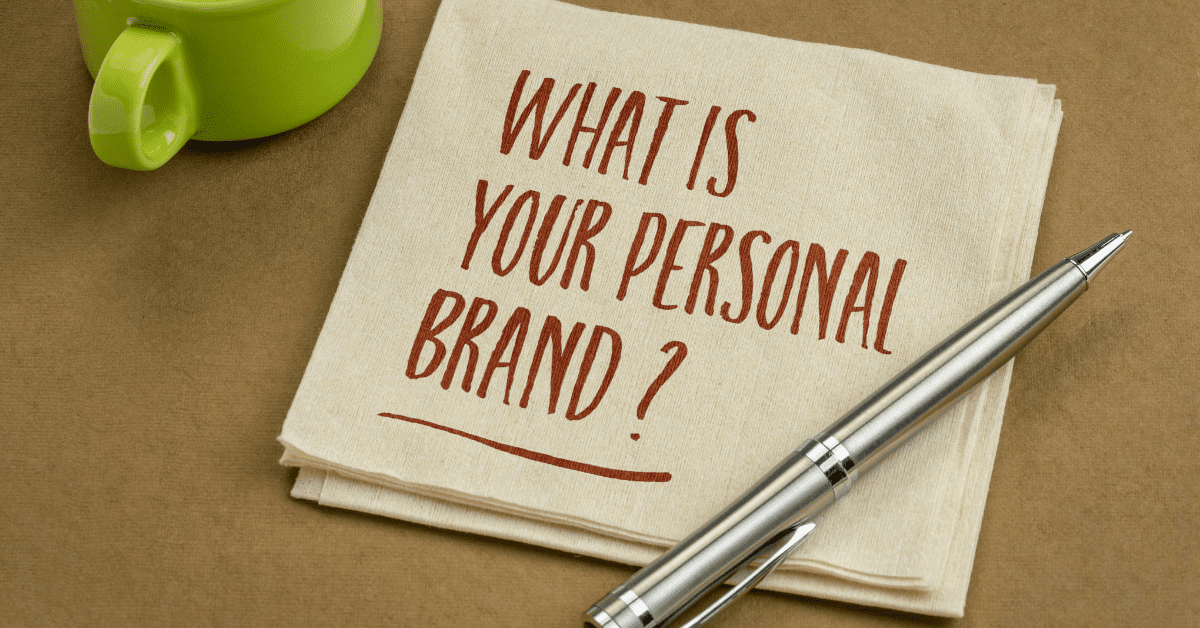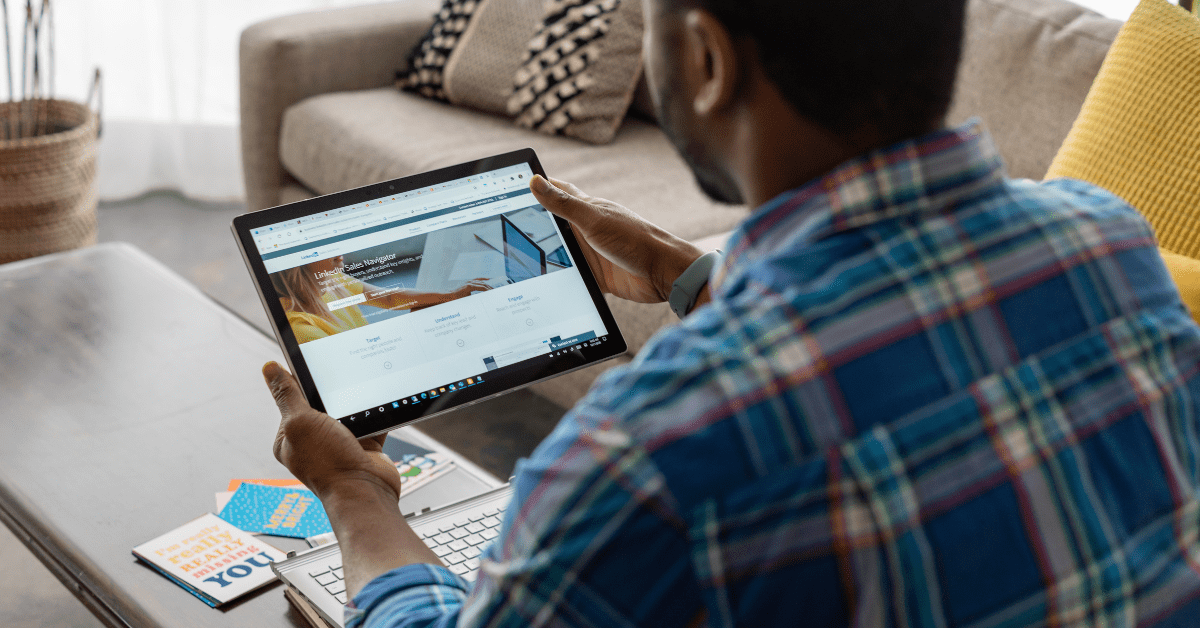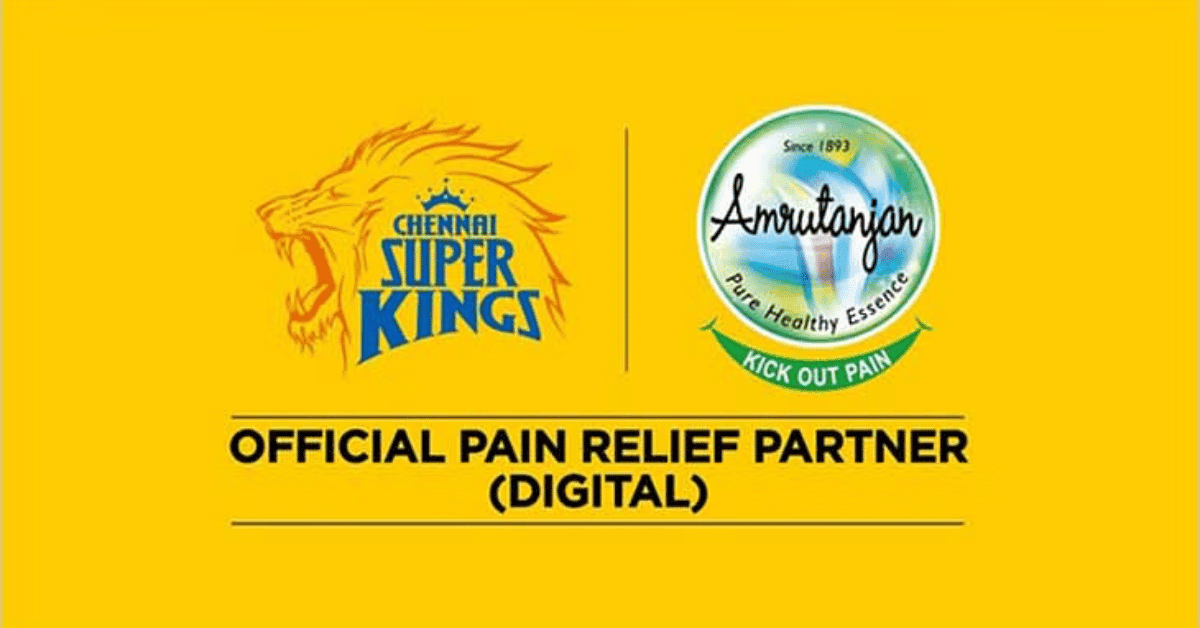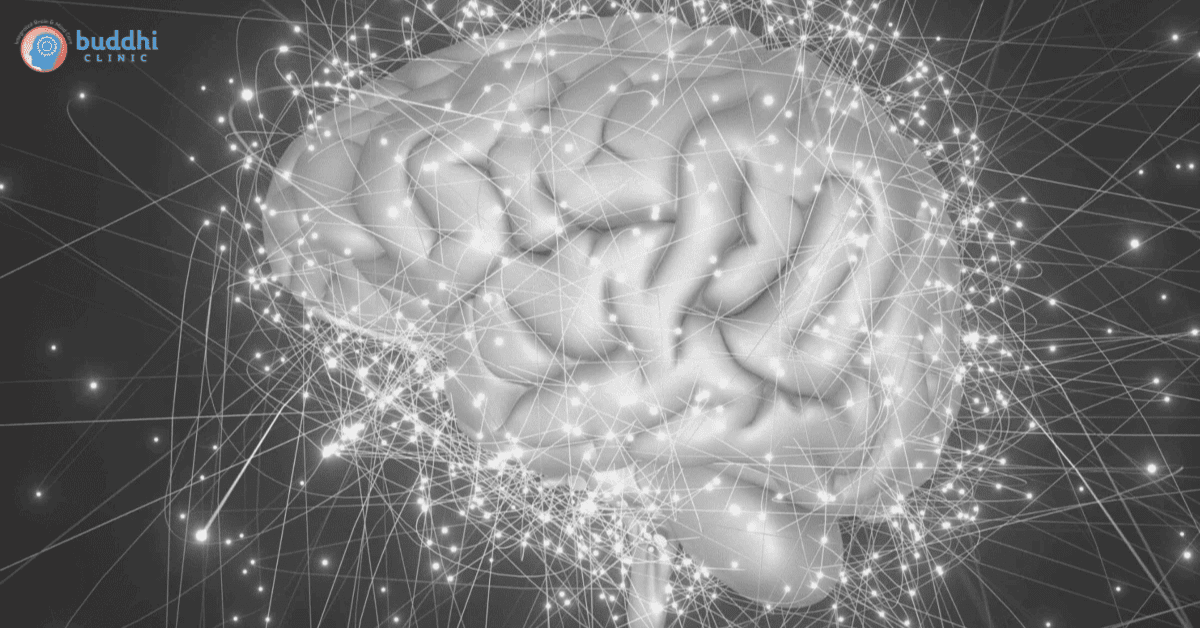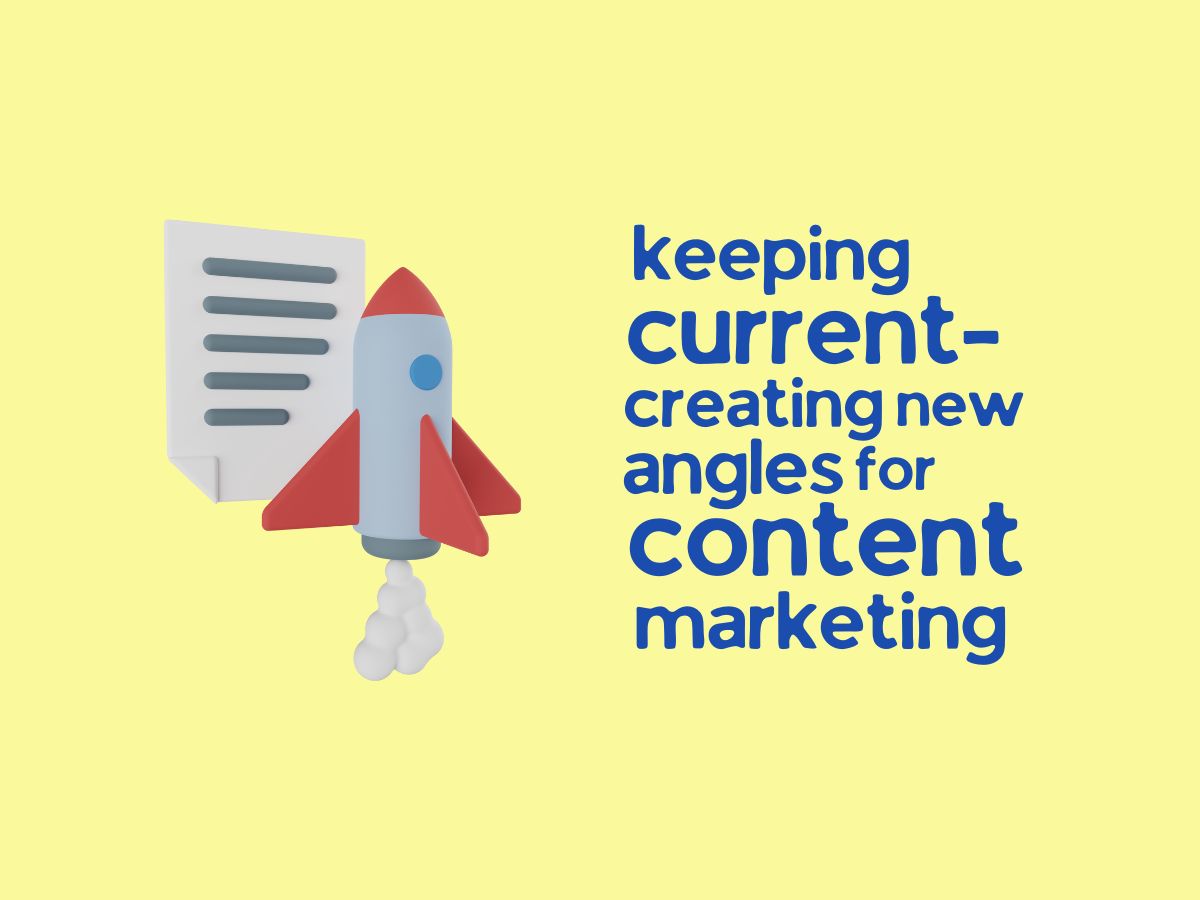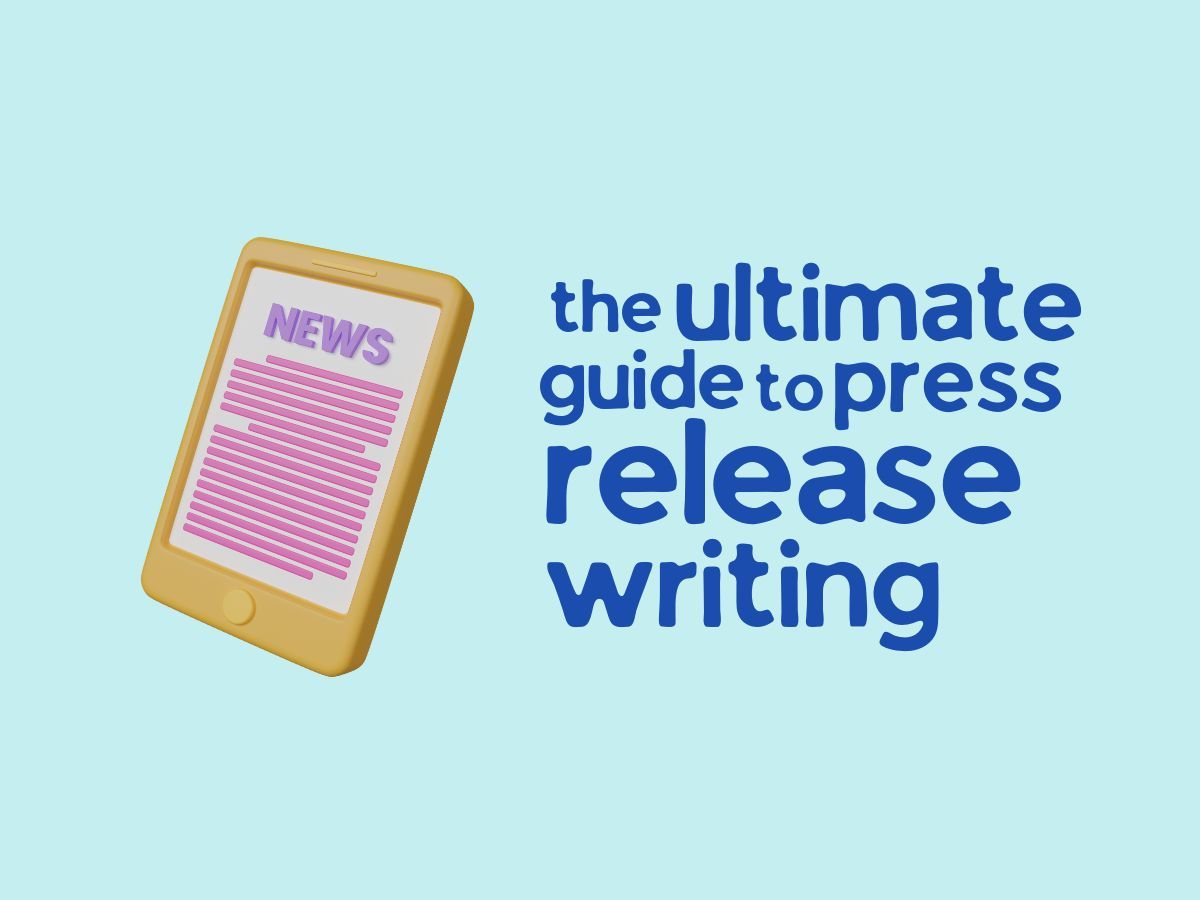An impulse purchase or impulse buying is an unplanned decision to buy a product or service, made just before a purchase. It’s the purchase made on the spur of the moment. One who tends to make such a purchase is called an impulse purchaser or impulse buyer.
The decision taken by the customers to buy a particular product is the result of suddenly seeing the product. The significant factor that drives an impulse buy is the shopper’s emotional state. It may also be due to exposure to an extremely effective promotional message. It has been found that 50 per cent of purchases are unplanned. These purchases, especially impulse buys, present an opportunity for retailers who can entice consumers to deviate from their shopping lists.
What drives us to buy those things we don’t need or really can’t afford to use?
Basic evolutionary drives and the tactics retailers use together make us more susceptible to spontaneously spending our money. Shopping in a sense is a feel-good activity and many say it’s a feel-good activity it makes people feel happier instantly.
Another prime mover is the money that we aspire to save. The feeling of getting a deal motivates us to spend more. So when you come across a notice or an advertisement detailing that a discount is prevalent only for a short period, we feel like we should grab the offer soon and take advantage of that deal that we fear that we may have to pay more in the future. In such a case we automatically go over and look for it, and then usually buy it even if we’re not sure if we want it because it’s on sale right then and there and it might not be there tomorrow.
On average, customers only visit about a third of the retailer’s floor area. It is here that the architecture of a store impacts consumer satisfaction, which in turn might spur impulse buys. This happens when a store takes you from shopping for a specific item to shopping for shopping’s sake. A classic example of this is the “Gruen effect”, implemented by Victor Gruen, an architect who pioneered the first American shopping malls, which made use of light and space to dramatically stage goods in storefront windows that captured the attention of passersby thereby making them customers. Here the sudden instinct to spend cash overpowers our decision to spend wisely and judiciously. It’s about the aspiration, will, mindset and the environment that they try to create.
Retailers pay close attention to how their floor plan can change store behavior. Grid layouts emphasize speed and convenience. Or freeform layouts allow exploration, which can make customers visit more parts of the shop.
Spots of light take your mind and eyes to the entrance of the showroom and even before you know it, you have taken the scenic route. So with proper lighting, you can steer consumers’ attention toward the different areas and different product selections.
The secret persuaders at the supermarket checkout area
As pointed out, retailers adopt certain measures to get customers to do impulse purchases before leaving the store. It’s not just those factors that attract customer attention. The role of secret persuaders at the checkout area is also worth noting. They silently, by their very presence, convince shoppers to reward themselves. Candy, snacks or magazines are effective impulse items, and they may be the last chance to increase sales before the shopper leaves the store.
Use Point of Purchase- Displays both content displays that inform shoppers of certain benefits of a product.
For example, a sign that promotes a particular soap.
Samples not only showcase the benefits of the products but also applies the social influence
principle of reciprocity of the product. Samples represent a form of gift to the shopper who in turn may feel obligated to reciprocate by making a purchase. Usage of novel, unusual and high-contrast stimuli also helps a lot in this process. It needs to be understood that the shoppers will not go in search of impulse purchases like they do for products they wish to buy. In this situation, extra effort needs to be put in to draw a shopper’s attention to impulse items. This can be done by highlighting impulse purchase zones with brighter colours, additional lighting or unusual decorations. It should be kept in mind, that the products you consider impulse items must fit this purpose and criteria. Grabbing the shopper’s attention won’t help if the highlighted item isn’t the product most shoppers are willing to purchase spontaneously.
Another major method to adopt is verbal prompting. It can be used in a retail setting as well. Every time a shopper interacts with sales staff, special offers or the latest innovations and new products in stock could be mentioned. Prompting the customers can also be done through visual cues. For example, by Displaying signs indicating which other items can be used in combination with another product you might show a picture near a sofa to indicate which pillows match the sofa design present products with companion items bundle presentation shows shoppers how products can be used in real life. A customer who plans to buy wine glasses might also buy table decorations or other tables where all these products are so appealingly arranged that the shopper cannot resist, however.
How to boost that bottom line and sell a lot more impulse purchases?
Impulse purchases add up fast. Consumers, however, are more likely to spend an extra bit of cash in a physical store. This is because in-store retailers have more control over the entire in-store experience and they can easily introduce the customer to other options available for a similar kind of product.
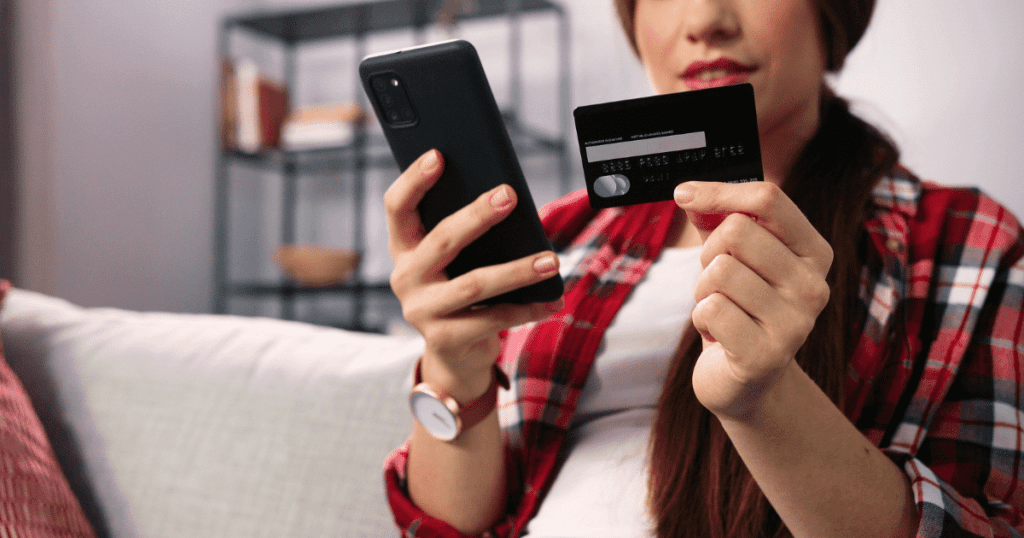
What exactly are the steps that you can take to improve your impulse purchase sales?
Five easy ways that you can maximize your store’s performance with a few small changes.
- Start with the product of disability. No one will purchase a product that is not properly placed or which is not seen. The structure and arrangements of your retail space matters, and there are ways to highlight particular impulse purchase items.
- Get a lot of signage, large signs. Try to grab the attention of the customers and direct them to those areas. They can make the customer feel like it’s too good of a deal to pass up. Use bright colours.
- Use rounded corners on displays too curved around the edges to appeal more to the average consumer. They’re seen as more welcoming and less intimidating. Packaging matters to the look and feel of a package and can affect a customer’s perception of the product. It gives a great shopping experience and adds to customer satisfaction. Make a few changes to try out and see if sales change. You also need to choose the location of your impulse products carefully. In addition to making sure the product is easily seen, take some time to consider where to position your impulse buys. The common spot is at or around the sales area. It’s near the checkout zone, where you’ve probably noticed the most impulse buys in many retail stores.
- Seasonal items are also a great way to fill your impulse buy shelves. These are one of the best choices for your checkout space and it is suited to the impulse displays as they cater to that sense of urgency. As such products will be available for a short time there’s the possibility to bring more customers.
- Don’t forget about pricing strategies too. Pricing your products well, giving discounts, bundles or sales add appeal to the purchase and makes it more attractive to the people. Make it affordable. Place lower-priced impulse buys near the checkout area.
During the time of shopping, consumer behaviour is largely found in our subconscious. Most of us love spending money and we’ve been trained to feel happiness when receiving something new, limited time or limited product promotions and still a sense of urgency in the shopper. Putting a constraint on a deal makes it seem even better, Upping the perceived value of an item is a great extra push to convince someone to make a purchase. By this, you can get the shoppers excited about the unique and new products. Those products that are exciting can bring in great demand from the customers. Like the other strategies mentioned, try out several changes and monitor how they impact sales in your product margins. This will aid in finding the most optimal combination. Finally, make sure you’re relying on a great retail team.
How do you create the advantage of impulse buying?
1)Create FOMO ( Fear of Missing Out)
Only 50 Remaining.
Don’t miss out
40% off
Summer sale
Placements
Identify the impulse products/services. On an e-commerce site/website, you should put these items on your homepage.
2) Simplify the buying process
3)Provide ease of access to customer support
The phenomenon of Impulse buying is getting great attention from consumer researchers as well as marketers. Having a good sense of knowledge about the factors triggering impulse purchase is very much needed for companies



